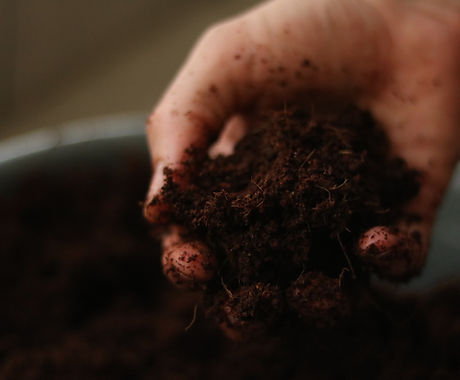Site & Context
Conduct a thorough analysis of your site, considering factors such as soil type, climate, sun exposure, existing vegetation, and topography. Understanding these elements will help you make informed decisions about plant selection, layout, and features.

Topography
Analyzing the natural contours, slopes, and elevations of the site provides insights into drainage patterns, opportunities for terracing, and placement of features.
Soil type
Evaluating soil composition, texture, pH levels, and drainage capacity informs plant selection and irrigation strategies while addressing potential issues like erosion or compaction.


Micro-climates
Identifying micro-climatic variations due to factors such as sun exposure, wind patterns, and thermal mass of nearby structures allows for tailored plant choices and placement of outdoor living spaces.
Surrounding environment
Considering the visual and spatial context created by neighboring buildings, landscape elements, vistas, and privacy concerns ensures that the garden design harmonizes with its surroundings while maximizing views and mitigating potential conflicts.

